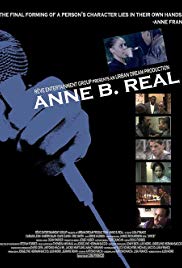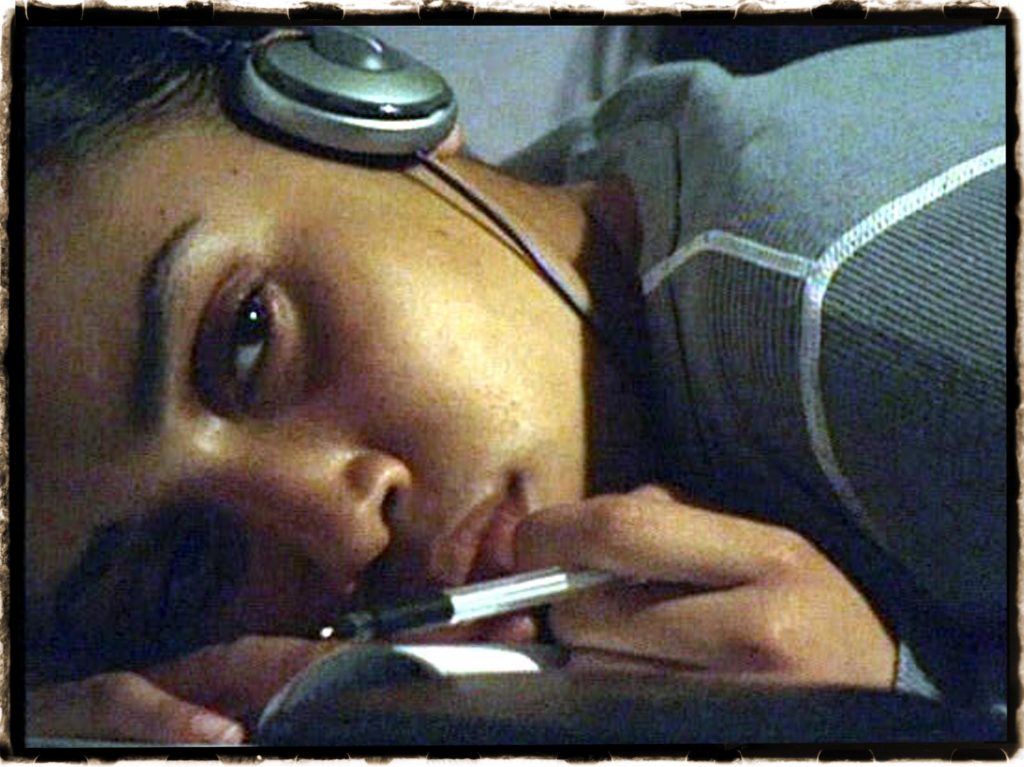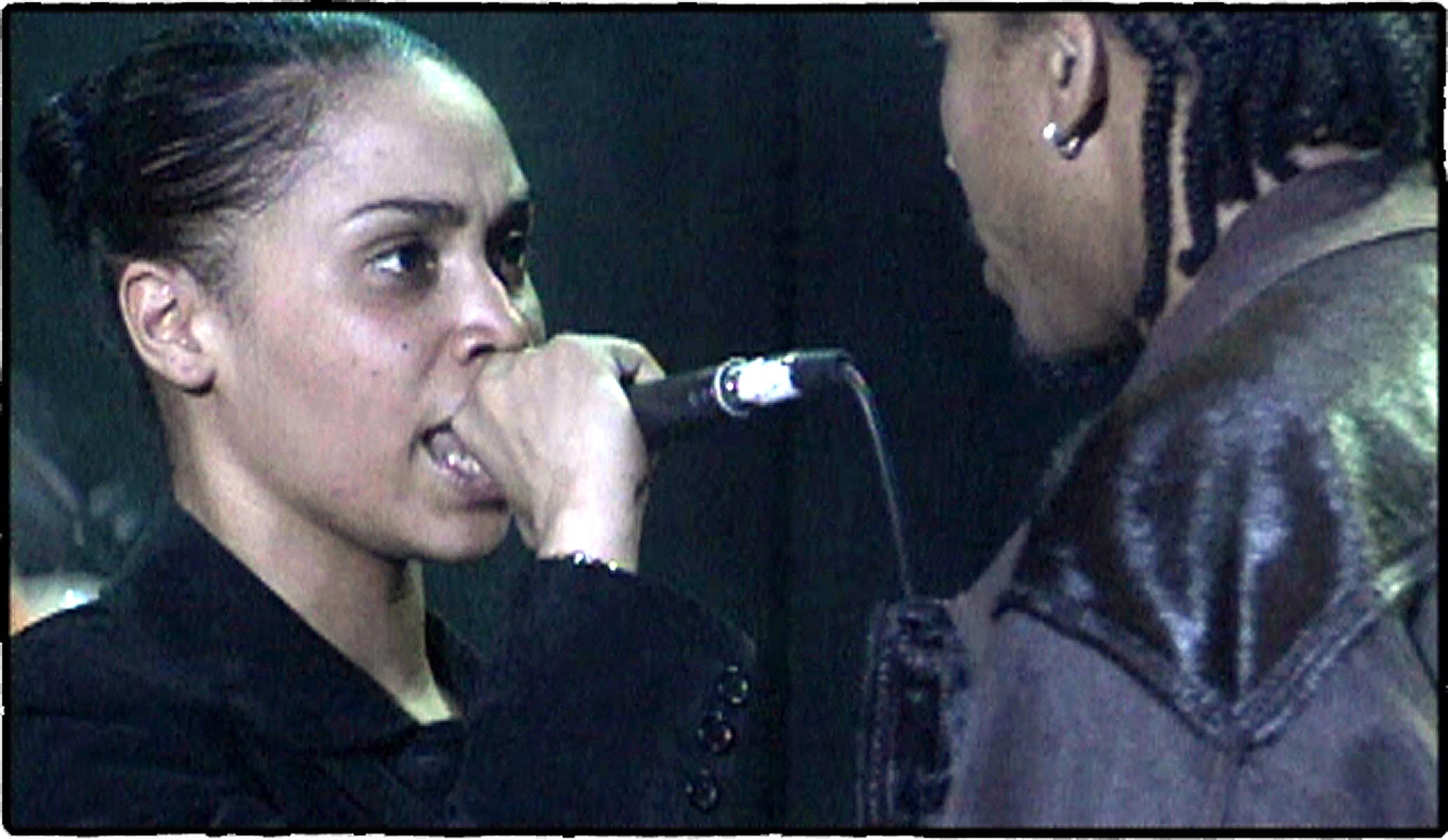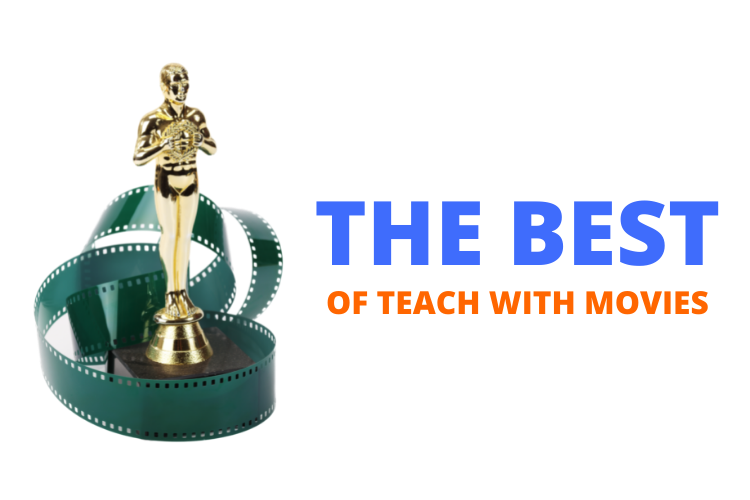Anne Frank: The Diary of a Young Girl is not just a nice idea for a screenplay. People all over the world take heart in Anne Frank’s refusal to let the conditions of her confinement crush her spirit. Nelson Mandela and his associates took heart from Anne’s diary during their decades-long imprisonment in South Africa. At the dedication of the Anne Frank Exhibition at the Museum Africa, Johannesburg, on August 15, 1994, Mandela said:
During the many years my comrades and I spent in prison, we derived inspiration from the courage and tenacity of those who challenge injustice even under the most difficult circumstances…. [S]ome of us read Anne Frank’s Diary on Robben Island and derived much encouragement from it.
Combined with news of the heroic struggles of the people, led by the ANC [African National Congress], as well as the support of the international community, the tales of heroes and heroines of Anne’s calibre kept our spirits high and reinforced our confidence in the invincibility of the cause of freedom and justice.
Vaclav Havel was the first president of Czechoslovakia after it was freed from Russian domination at the end of the Cold War. Havel, a onetime political prisoner himself, said,
The content of Anne Frank’s legacy is still very much alive and it can address us fully, especially at a time when the map of the world is changing and dark passions are awakening within people.
John F. Kennedy, President of the United States, said:
Of the multitude who throughout history have spoken for human dignity in times of great suffering and loss, no voice is more compelling than that of Anne Frank.
See also Helpful Background Section to Learning Guide to Four Films About Anne Frank.
Anne Frank’s diary also speaks to children all over the world about the trials and tribulations of being a teenager trying to become an adult.
ENABLING BEHAVIORS
Alcoholics and drug abusers are continually trying to get their family members and friends to help them maintain their addiction and to avoid the consequences of being intoxicated. Examples of enabling behaviors are: a spouse or relative excuses, denies, or conceals evidence of the addiction and fixes any problems caused by the intoxicated behavior; a relative provides money to the addict to allow the addict to keep an apartment when the addict has used the rent money for drugs; a relative defends an addict to family members when the addict does something irresponsible, like spending the money needed to pay the light bill on his or her drug of choice; or a relative or friend helps an addict get a job after the addict has lost his or her job for being intoxicated at work. These behaviors would ordinarily be supportive and caring. However, to the extent that they permit an addict avoid the consequences of his or her addiction, they help the addict maintain the addiction. Most addicts have family members or friends who enable their addiction.
The agony of the enabler is that no one wants to see their relative or friend lose their home, become unemployed, go to jail, or suffer the other unpleasant consequences of addiction. Often enablers continue their behavior until it becomes clear that they must draw the line to protect themselves. In reality, this is the best thing for the addict/alcoholic who will usually not take meaningful steps to get rid of the addiction until other people stop aiding the addictive behaviors. When enablers stop enabling the addiction, the alcoholic or addict will have to find another enabler or accept a heavy penalty for their actions. Hopefully, they will see that the addicted lifestyle holds no future and they will seek help in counseling or Alcoholics Anonymous.
In this movie, Juan repeatedly tries to get Cynthia to enable his addiction. It works for a while. She helps him obtain drugs by providing him with rhymes that he sells to Deuce. She unwittingly helps Juan rob a store, but she doesn’t turn him in. This would actually have been best for Juan. The story of this film is the story of how Cynthia realizes that she is not helping Juan by enabling his addiction and that a drug addict will use and destroy even those who love him in order to feed the addiction.





